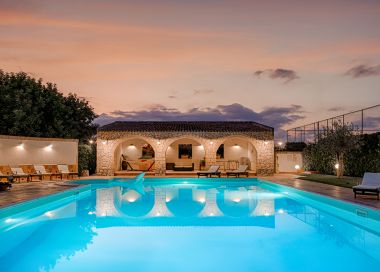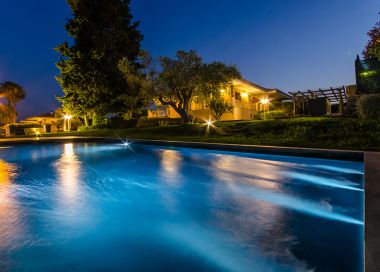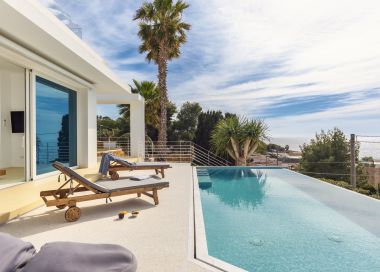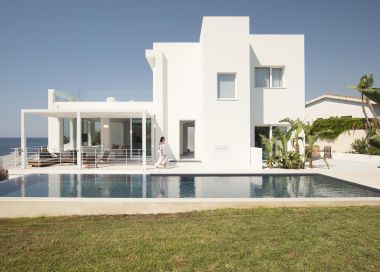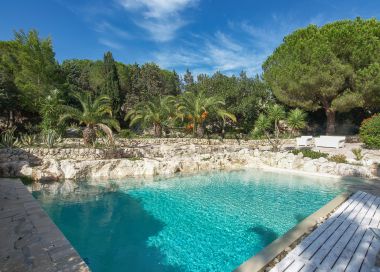Syracuse and the island of Ortigia
Syracuse, the most important city in Magna Grecia
Syracuse is the fourth largest city in Sicily by population. Its name is derived from the siculan word "Syraka" which means city rich in water due to its numerous waterways and marshy area. Described by Cicero as "the most beautiful of all the Greek cities" in 2005 it was declared, together with the nearby necropolis of Pantalica, a UNESCO world heritage site. Both in Greek and in Latin, the city's name was expressed in the plural form, "Siracusae", because the city founded by Archia, a Corinthian noble, in 734 B.C. soon became a "pentapolis" or grouping of five cities after the addition of a further four centres to the original centre located on the island of Ortigia: Acradina, Tiche, Neàpolis ed Epipolis. The reputation of Syracuse is directly related to its Greek history and at that time the city was surrounded by a fortified wall with the castle of Eurialo as its apex, a unique example of a Greek fortress which was never conquered and is still in existence. Stone used to construct the castle and temples in the surrounding area was excavated from underground quarries or "latomie" during the Greek occupation. The most famous of these "latomie" is the Latomia dei Cappuccini which was used to hold prisoners of war during the war with Athens where they were left to die of starvation and privation. A number of temples remain partially intact at Syracuse, the most famous of which is the Temple of Apollo. The temple is the oldest in Sicily and is located on the small island of Ortigia which contains the original part of the city. During the Roman period the city grew noticeably both in splendour and importance. A number of works of significant importance remain today such as the Roman Amphitheatre, one of the largest in Italy used for gladiatorial contests, the Roman Gymnasium and the Catacombs. Syracuse then endured a series of occupations by various powers including the Byzantines (when it became a Byzantine imperial court), the Muslims and subsequently the Normans. After the earthquake of 1693, the city underwent a new architectural renaissance and numerous churches and Baroque buildings are still standing today as evidence of the splendour of this period. The illustrious history of Syracuse is demonstrated by the fact that the city possesses the first Christian church in Europe (the Cathedral), the largest theatre in the Greek world (and the best preserved in Europe), the Orsi museum which is the largest archeological museum in Europe and the Roman Catacombs which are the largest of their kind in Europe outside Rome. Inside the Archeological Park which covers an area of 240,000 square metres you can find the above-mentioned Latomie, quarries where the Greeks excavated stone for construction projects and which were subsequently used as prisons, the Ear of Dionysius, an artificial grotto with an entrance in the form of an auricle whose internal acoustic characteristics amplify sounds as featured in the legend of the tyrant Dionysius who imprisoned his enemies here and heard their amplified words from afar. Also inside the Archeological Park you can find the Roman Amphitheatre from the third century A.D., the Greek Theatre constructed in the fourth century B.C. but which has been modified periodically over time, the Roman Gymnasium from the first century B.C. which comprised a portico, a "quadriportico" (an open space surrounded by a portico on each side), a temple and Roman Burial Grounds stretching for a distance of around 150 metres. A number of important nature reserves are located in the area around Syracuse, including the Cavagrande del fiume Cassibile and the Vendicari Nature Reserve.





